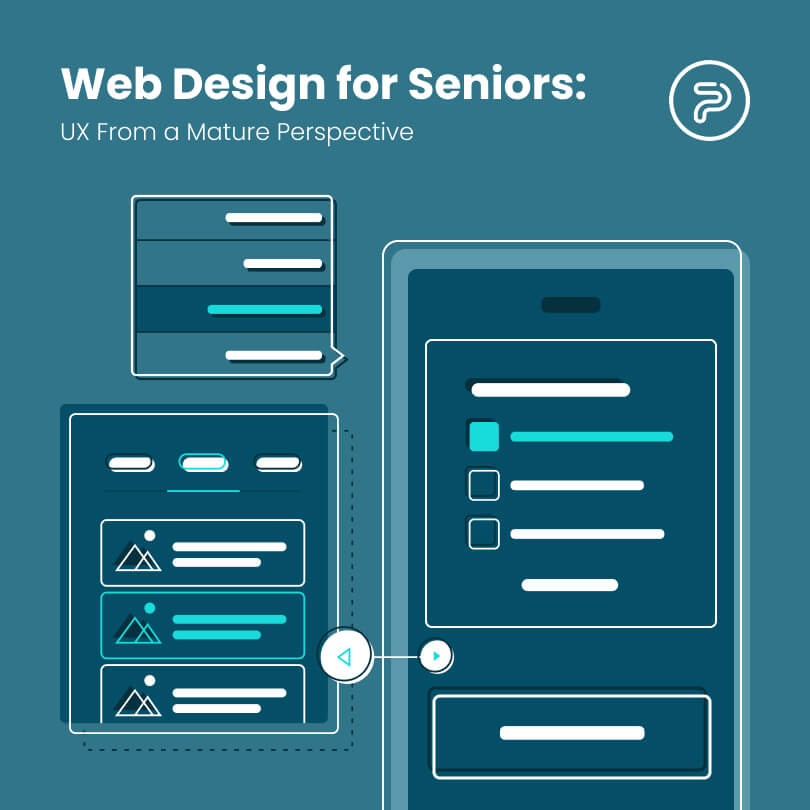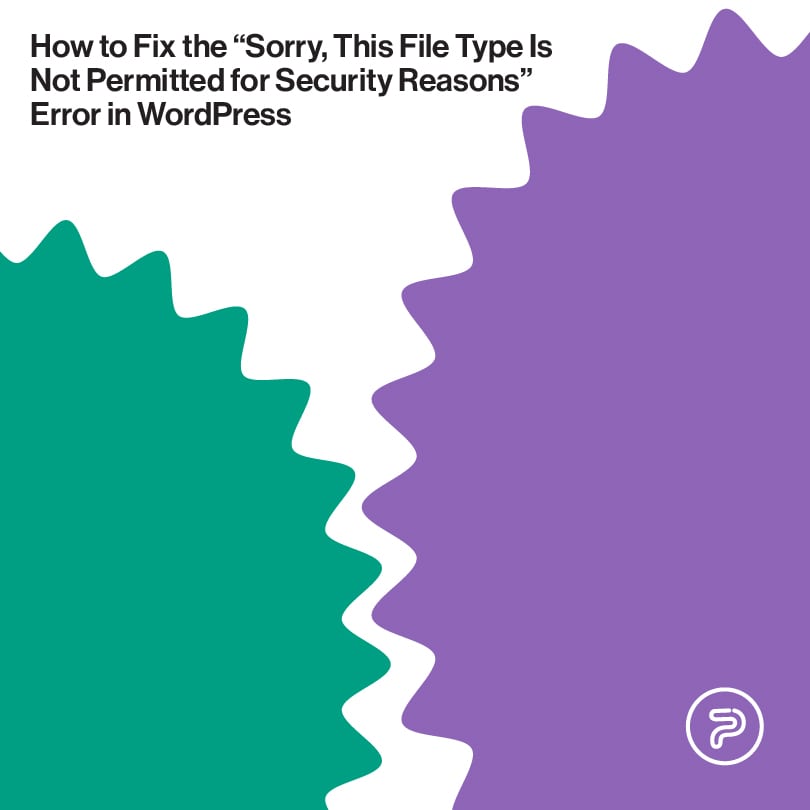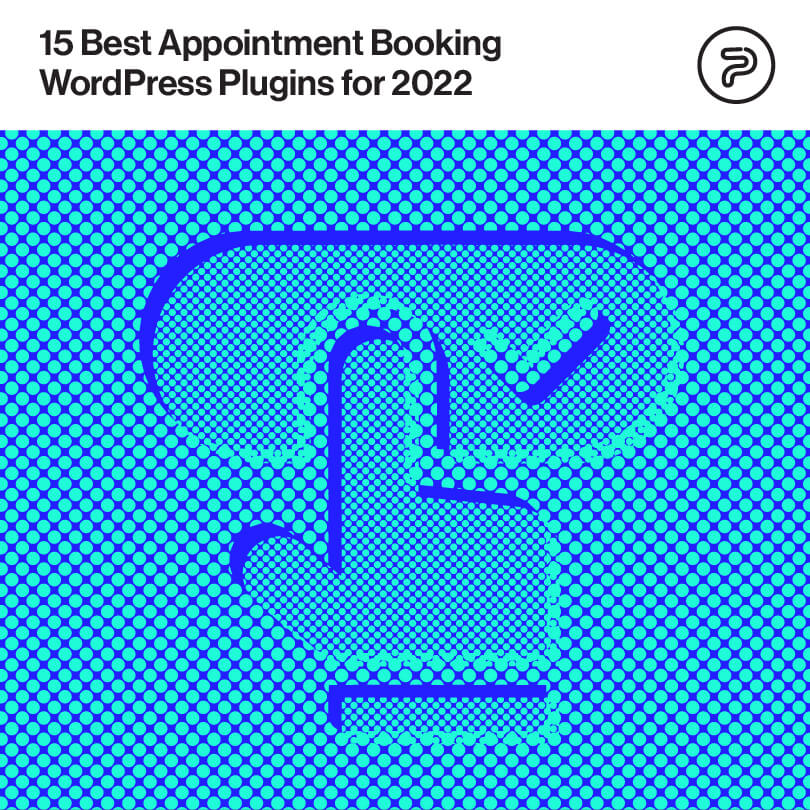We’re not telling you anything new when we say that wild the rest of the world, the senior population is also growing. For instance, in the US alone, citizens older than 65 will make up roughly 20.6% of the population. That’s almost one-fourth of the country, which translates into millions of people.
On the other hand, people around the globe are living longer, engaging with more activities even in these later years of their lives which often includes surfing the worldwide web. As a matter of fact, data from 2019 showed that around 73% of people older than 65 were connected to the internet,
What does this mean for web designers? Does it entail new challenges and new practices?
Catering to Seniors in the World of Web Design
Experts agree that your main focus needs to be on ability and might need to take a look at user experience from a different perspective. More precisely, you need to widen your spectrum a bit. People in the world of web design and development often expect audiences to be totally made up of iPhone-using Gen Z-ers and millennials, who were basically born into the digital age. Instead, we need to start focusing on seniors and their needs as well.
They can also be potential audiences and visitors, so why not cater to them as well? Oftentimes, they are the ones with the deepest wallets, which, from a marketing perspective, can make a world of a difference.
So, where should you start? Let’s see.
Basics of a Friendly Web Design for Seniors
As said before, when you are designing apps and sites for seniors, you need to focus on the ability to get the job hammered outright. After all, age is just a number, and we all age differently. What we mean by this is that one senior citizen well in their 70s will browse Netflix and Amazon like a pro, catching all the latest shows and the hottest deals, while the other person whose twenty years younger might have no clue what streaming means.
So, instead of worrying about age and numbers, it’s better to think about how different people in older age groups have pretty different needs and requirements. More specifically, think about things such as hearing, movement control, vision, and/or device bias.
A Few Words About Visual Elements
As we age, our vision tends to weaken and vision loss is among the most reported disabilities when it comes to the elderly. Roughly estimated, around one in six people older than 70 experience some kind of visual problems and impairment. As such, UI designers need to have a few more things in mind when it comes to accessibility to create a solid, usable website for everyone.
For starters, button and text sizes should be kept large (or at least, have a visible option where you can enlarge them, without breaking up the site and making it even harder to make sense of the page). As a rule of thumb, everything that you want your visitors to read and click on should be larger to ensure that everybody will notice the info. This isn’t a ground-breaking design, it’s just making splendid use of good practices. Hit up any great website and you will see that most of them use clear typography and larger buttons so you know exactly what the website expects you to do next.
Additionally, breaking information into shorter segments with smart usage of whitespace can help the user scan your content easier and make the pages less overwhelming.
Also, stick to clearly labeled icons whenever you can. Stay away from making assumptions because your customers might not understand what you want from them. “Start Here” and “Click Here” clearly indicate what you’re expecting from them, so you don’t need to add fancy buttons hoping that they will “get the idea”.
Also, strive to achieve optimal visibility. For that, it’s always a good idea to stick to contrast and color guidelines that have been laid out by basic UX design practices beforehand. Make some sacrifices for the sake of a solid user experience. Colors close together might create an astonishingly beautiful pasted effect on your site, but they might also make reading your content more challenging.
Stick to tried and tested color and contrast schemes that have been already laid out in previous, now basic UX design principles that have stood the test of time. Sure, using similar colors close together is great and makes for an astonishingly beautiful pastel effect, but also makes your site’s content more difficult to read.
As you already know, contrast and color can help greatly in the UI, helping users determine which elements they can use to perform certain tasks. The color distinction between links for example is important, especially in differentiating between the links the user has already visited and is about to visit. This can confuse even younger audiences and older visitors may have even a harder time remembering which pages they’ve visited and looked forward to visiting.

Usability: Your Main Focus
Unfortunately, some people might experience a slight decrease in coordination and motor skill efficiency over the age of 55. For them, interacting with more intricate and complex UI concepts can be a challenge. Also using a mouse or a touchscreen device may also pose challenges.
As such, when you’re trying to come up with the perfect UX to address all these problems, your best bet is to make things easy. More precisely, it is easy to click, with large buttons and larger font choices that are easy to understand so everyone can navigate the website fast and easily.
Scrollbars might also pose problems for these people. As such, your best option might be to have the lion’s share of your design above the fold and try to make sure that your users don’t need to scroll a great deal to find the info they need.
Also, when addressing usability, keep in mind that to keep interactions to a minimum. At least, whenever you can, especially if you’re catering to the requirements of the elderly. Younger audiences don’t have any problems with swiping, double-taps, and scrolling (for the most part), but for older audiences, simple one-tap interactions might be the best option. The fewer actions they are required to perform in order to reach their gold, the better the UX.
Simple Navigation
Navigation from destination A to destination B should be simple and seamless on your site. A crowded design and sites and apps can confuse even younger browsers. Also, seniors are searching for “must know” info most of the time, meaning that they want the info they’re looking for, want it fast, and want to get it smooth and easy.
So, when working on your design, make sure to thoroughly inspect each and every element on your pages and ask yourself whether it’s necessary to be there or not. If the element isn’t of particular value, chances are, it shouldn’t be there in the first place.
Additionally, keep in mind that seniors might find it harder to concentrate on your website and might even lose themselves on it. As such, you need your navigation process to be as smooth and simple as can be. Using horizontal menu bars showing everything all the time can often solve the majority of the problems, even if the design seems outdated and boring.
This doesn’t necessarily mean that your website has to look like are relic from 2001. There are countless great examples of great sites with simple navigation that will get you to point A from point B with a few clicks.
Lastly, you should know that not all older adults will have problems with their concentration and memory. Yet, it’s important to always be prepared and cater to audiences that might process information with more difficulty.

Having a To-The-Point Approach
Younger audiences like to mess around with tech and gadgets. They’ve implemented technology into almost every aspect of their everyday lives. On the other hand, older audiences use tech differently a bit. They don’t mess around with it as much, Rather, they want to get their answers fast and easily.
And this is what you need to focus on when catering to them.
Difficult to use and complicated applications often get rejected by older audiences even if the navigation is seamless and the design is minimalistic on your app, seniors still won’t engage with it because they will find it, well, useless.
To revert to what we’ve already talked about, always highlight the focal points of your site or application so your senior audiences can interact with it as soon as possible. Don’t waste time on things such as animations, gamification, and gifs. Instead, focus on simplicity and usefulness.
To put this into perspective, once your senior visitor arrives on your site, they should clearly see how they can get instant access to what they want or it needs to be clear right off the bat how they can use your application or service, with clear instructions on what to do next. This is of particular importance in mobile app development as they are still more or less a “new concept” for older users.
Language
When designing websites for the elderly in particular, you need to assess how your audiences will be able to engage with them.
To ensure that everyone will understand everything on your website and cater to all needs, providing captioning and subtitles to audio and video content is almost mandatory for great UX. Having a speech function is also essential for those users who need the text to be read aloud. Using the Text to speech software program could also be beneficial.
Apart from making audio/video content more accessible, you need to acknowledge that wordplay, slang, and phonetics can pose challenges to older age groups. Slang can easily sabotage and ruin the experience you are trying to evoke from your audiences. As a team, make sure that the site copy appeals to your audience contextually. Stay away from confusing jargon and focus on clean to-the-point sentences.
Getting to Know Your Audience
What better way to understand the needs of your audience than taking the time to get to know said needs?
Because most of us in the digital arena group in a different technology era from the elderly whom we are trying to cater to, we need to understand their needs and habits instead of playing catch up.
Even after you read every tip and trick, guide, comprehensive list, and learn the ABCs of senior design practices, the only real way of knowing how well your site will actually perform with your target audiences is by testing it with them.
More specifically, give qualitative user testing a try, so you can see everything that’s happening on the participants’ screens during the test. This will help you gain more insight into how these age groups approach websites, you can take a glimpse into their cognitive process, better understand their physical limitations, and finally, you can better understand and determine which parts of your design need to be fine-tuned, simplified, boosted, etc.
One of the major problems senior citizens usually complain about when interacting with websites is the problem of not being able to see what’s on the screen and not being able to read the accompanying content. By testing out your UI on real users, you will hear real problems and concerns, and as such, you will be able to have a more accurate idea of how you should approach issues to deliver the right solution.
Make sure to conduct your tests when you still have the time to make flexible adjustments to your design. As a matter of fact, you can also get your senior UX practitioners involved in the entire design process so that you can always get first-hand feedback on any new changes to the overall design.
Web Design a More Mature Way
Technology is a young man’s game and we can’t blame designers for focusing heavily on younger audiences when they’re creating apps and sites. These are the age groups that allow developers and designers to experiment with radically new ideas, tools, and concepts. Just think about VR, augmented reality, robust animations, or artificial intelligence.
However, there’s a huge market out there for the elderly who are also constantly on the lookout for more online opportunities. Sadly, senior audiences often go ignored and under-served.
On the other hand, the value of these consumers grows (not to mention their numbers) and so should their opportunities to engage with the online world. As they are growing in numbers (both online and offline) you will see that more and more businesses will begin to ask web designers to provide their older audiences an immersive and wholesome online experience on their websites.
The steps we outlined above aren’t complete, but a good way to start your journey to senior web design. We probably don’t have to say that the most useful tip out of them all is testing. Only with proper testing can you get the proper insight you need to determine whether the UX principles you’re using are really working or whether you are still just trying to catch up.





